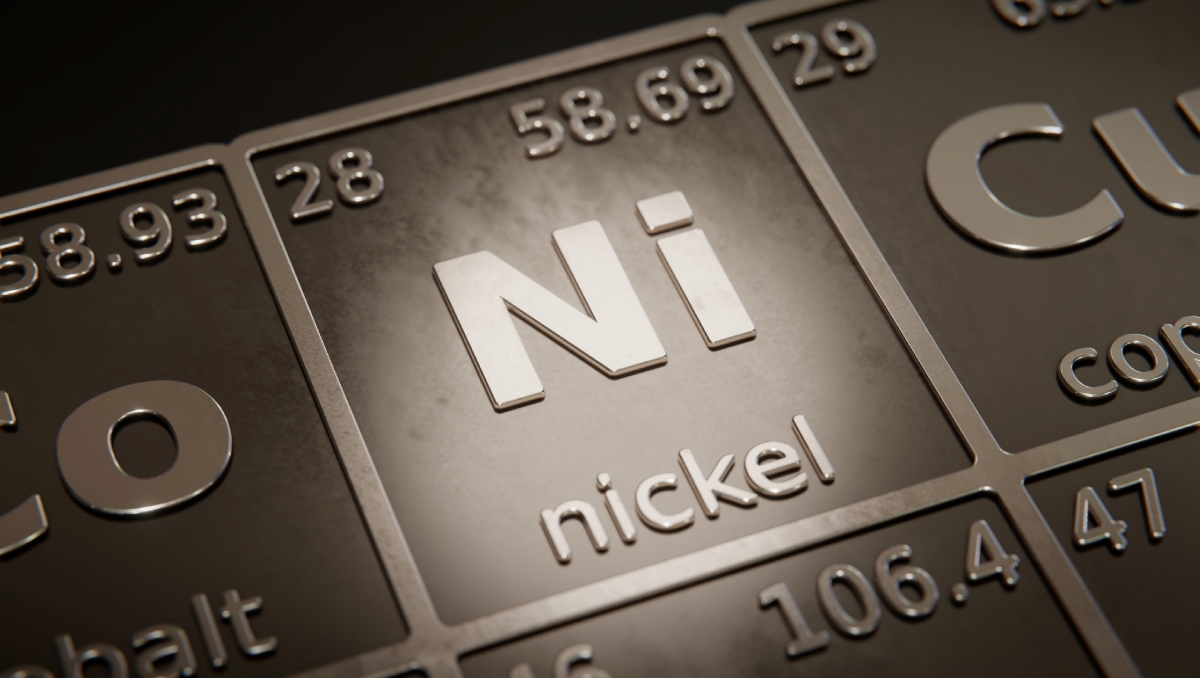Impact of Falling Lithium Prices on the Metal Recycling Industry

Date
Lithium decreased 25,000 CNY/T or 25.91% since the beginning of 2024.
Source: www.TradingEconomics.com
Lithium Prices Drop 25.91% in 2024
Trading Economics‘ latest Lithium data shows us that since the beginning of 2024, lithium prices have dropped dramatically by 25,000 CNY per ton, or 25.91%, according to trading on a contract for difference (CFD) that tracks the benchmark market for the commodity. Lithium, which reached an all-time high of 575,000 CNY per ton in December 2022, has now fallen to a 35-month low, with prices under $13,000/ton in June 2024. This price drop raises significant concerns for various industries, including the metal recycling sector, which plays a crucial role in sourcing materials like lithium for battery production and other uses.
Key Drivers Behind the Price Decline
Despite the rapid adoption of plug-in electric vehicles (PEVs) globally, particularly in China, lithium prices have continued to fall. While PEV sales surged 25.9% year-over-year in key markets during the first five months of 2024, lithium prices dropped due to a slowdown in battery production and a growing supply surplus. The seaborne lithium carbonate CIF Asia price fell to $12,900 per ton in June 2024, driven by lower battery demand and increased lithium production.
Factors Contributing to Decline In Lithium Prices
- Increased global supply: Countries like Indonesia have ramped up lithium production, and projects such as the Jadar lithium project in Serbia, once halted, are being reconsidered.
- Overproduction and supply chain improvements: Better integration between raw material extraction and processing, particularly in Asia, has led to overproduction of lithium, outpacing demand.
- Declining spodumene prices: Spodumene, a key lithium ore, has seen its price drop by 9.5%, and further reductions are expected to prompt mine-side supply cuts, but only when spodumene prices drop below $900/ton.
Implications for the Metal Recycling Industry
The decline in lithium prices has significant ramifications for the metal recycling industry, especially as lithium-ion batteries (LiBs) become the dominant energy storage technology. Here’s how the current market landscape might affect recycling operations:
- Reduced Recycling Margins: As the price of virgin lithium continues to fall, the financial incentive to recycle lithium from used batteries diminishes. Recycling processes, which require significant investment in infrastructure and labor, rely on stable or increasing raw material prices to remain profitable. A sustained drop in lithium prices could lead to reduced margins for recyclers, forcing some to scale back or delay operations.
- Pressure to Innovate: Lower lithium prices could spark innovation within the recycling industry, as companies will need to streamline processes to remain competitive. Advancements in lithium recovery technologies, such as hydrometallurgical processes or direct recycling of battery components, may become necessary to offset declining revenues.
- Supply Chain Disruptions: The global EV market’s reliance on lithium makes recycling an essential component of long-term sustainability. While low prices may deter some recyclers, government mandates focused on reducing waste and securing local lithium supplies could keep demand for recycled lithium strong in the future. For example, Europe’s tightening regulations on EV battery recycling and China’s push to develop a circular economy may counterbalance the pricing pressures.
- Future Demand Growth: Despite the current market challenges, the long-term outlook for lithium remains positive. As electric vehicle adoption continues and affordable models hit the market, the demand for lithium will likely rebound, driving a need for both primary and secondary sources. Metal recycling will play a key role in meeting this demand, particularly as lithium-rich batteries reach their end of life in the coming decades.
Potential Market Rebound
While lithium prices are down in the short term, the long-term outlook for lithium demand remains strong, driven by the global transition to electric vehicles and renewable energy storage solutions. Automakers are expected to launch more affordable PEV models in the $20,000 range, which could narrow market surpluses and support price recovery. For the metal recycling industry, this presents an opportunity to position itself as a critical player in the supply chain, particularly as governments and manufacturers alike seek to secure sustainable lithium sources.
As lithium prices stabilize and potentially rebound, recycling operations that can weather the current storm will be well-placed to capitalize on future demand. Those that invest in cost-effective and innovative recycling technologies now could stand to benefit as lithium once again becomes a high-demand, high-value commodity.



